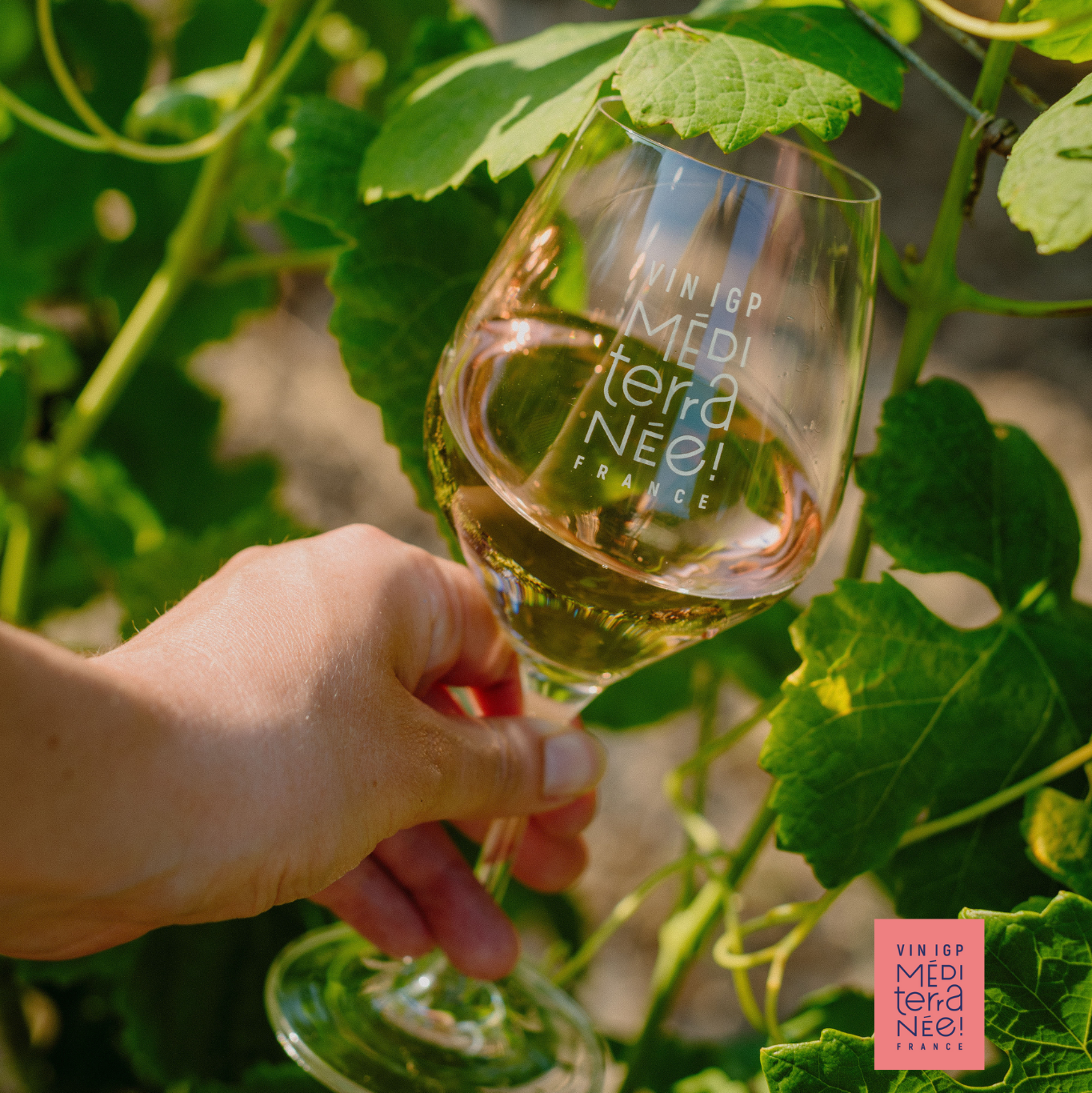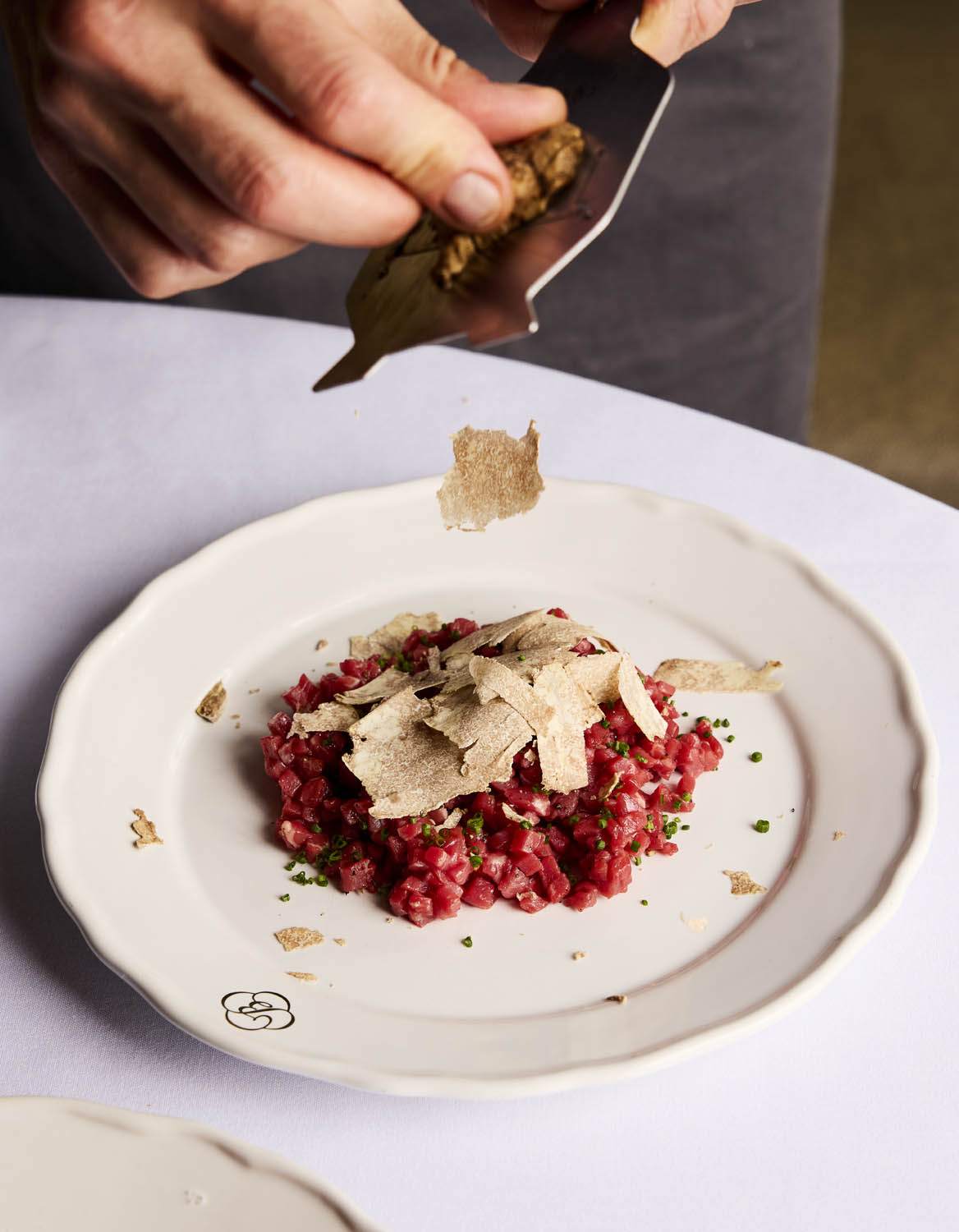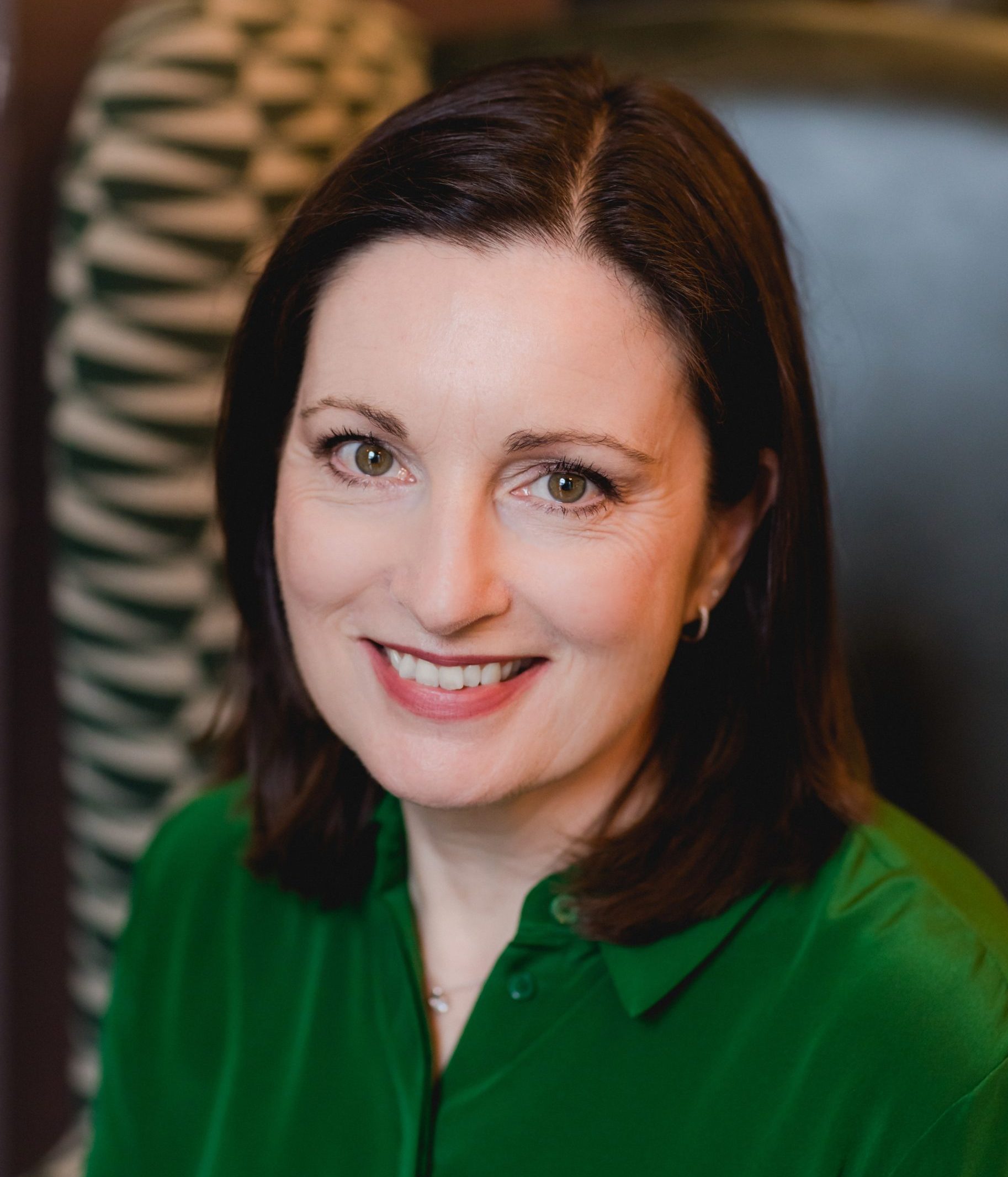UK government asks public for opinion on low alcohol descriptors
The Department of Health and Social Care has opened up a public consultation on the descriptors used to refer to low alcohol products so that people can make “informed choices” following the recent growth of the sector.
A paper published by Matthew Birkenshaw of the Department of Health and Social Care includes details of a public consultation launched last week (15 March) and due to remain open until 10 May 2018.
The Food Labelling Regulations (FLR), laid out in 1996 to provide rules on how low alcohol (drinks with 1.2% ABV or less) should be described, are due to expire on 13 December 2018.
As such, the government has opened up a public consultation to determine how best to communicate information about low alcohol drinks.
This is particularly pertinent given the current climate. The low alcohol sector is booming, with sales of low and non-alcohol drinks rising by 20.5% in the 12 months to 15 July 2017, according to Nielsen.
The market for and product range of beers, ciders and wines is increasing rapidly. Retailers such as Tesco, Lidl, Aldi and Marks & Spencer have all launched their own low alcohol wine range, while brewing giants Heineken, AB InBev and Carlsberg have been developing their non-alcohol offerings.
In craft beer, London now has two breweries dedicated to the production of low and no-alcohol beers (Nirvana and Big Drop) while newcomer Small Beer Brew Co., which brews beer between 0.5% and 2.8% ABV, announced last week that it had struck a deal with Whole Foods, a move which comes before it has officially opened its brewery to the public.
In the spirits category demand for non-alcoholic options is also growing. Seedlip Drinks, the Diageo-backed non-alcoholic distilled spirit, launched in the US in 2017 after a successful first year in the UK, targeting health-conscious millennials. London retailer Borough Wines has also got in on the act, launching an alcohol free ‘gin’ that mimics the aromatic profile and complexity of the spirit earlier this year.
At the beginning of this year, Spiros Malandrakis, head of alcoholic drinks research at Euromonitor International, predicted that lower alcohol drinks would be one of the drinks trends to watch in 2018.
Currently, the descriptors used are as follows:
• Low alcohol – refers to a product with 1.2% ABV or below.
• Non-alcoholic – currently cannot be used in conjunction with a name associated with an alcoholic drink except for communion or sacramental wine.
• Alcohol free – the product must have 0.05% ABV or below.
Partner Content
• De-alcoholised – the product must have 0.5% ABV or lower.
The government has proposed that, rather than legislate, any future low-alcohol descriptors could be introduced through guidance which would result “in a more flexible and less burdensome approach”.
As well as providing feedback on this proposal, the consultation is calling for feedback on current low alcohol descriptors and whether the range should be extended to drinks above 1.2% ABV.
Use of the current terms is not compulsory, but if they are used, products must fulfil the criteria listed above. The current descriptors will expire in December this year following a four-year ‘sunset clause’.
In April 2018, the government is introducing a levy on soft drinks as part of its so-called ‘sugar tax’, with drinks with an ABV of up to 1.2% currently included. However, drinks that are considered an alcohol replacement drink, such as de-alcoholised beer or wine, are expected to be exempt from the levy.
The 1.2% ABV marker is also used by HM Revenue and Customs as the point below which drinks are excluded from certain alcohol duty.
The current low alcohol descriptors were adopted in England, Scotland and Wales, with Northern Ireland having its own provisions. The Department of Health and Social Care will work with the devolved administrations to share information from its public consultation, according to the government paper.
The main focus of the consultation refers to descriptors for beers, ciders and wines. The government proposes to review and assess the guidance after three years. If it feels it is not providing adequate guidance, the government “will consider reintroducing legislation, and retains the power under The Food Safety Act 1990 to make regulations”.
The consultation takes the form of six main questions which are as follows:
1. Do you agree with the government’s preferred option of providing guidance working with industry and other stakeholders to describe low alcohol descriptors rather than legislate after 13 December 2018?
2. Do you have any evidence to support the case for introducing new alcoholic drink descriptors above 1.2% ABV.
3. For something to be ‘low alcohol’ the amount of alcohol needs to be 1.2% or less. Do you think the government should keep this guideline?
4. Should the government keep the existing descriptor de-alcoholised?
5. Do you agree the term non-alcoholic should be permitted to be used otherwise than in connection with sacramental and communion wines?
6. Do you agree that government should maintain the descriptor alcohol free, and for this to continue at 0.05% ABV?
Those interested in responding to the consultation can do so by letter, e-mail or online questionnaire. The details can be found on page 20 of the paper.




